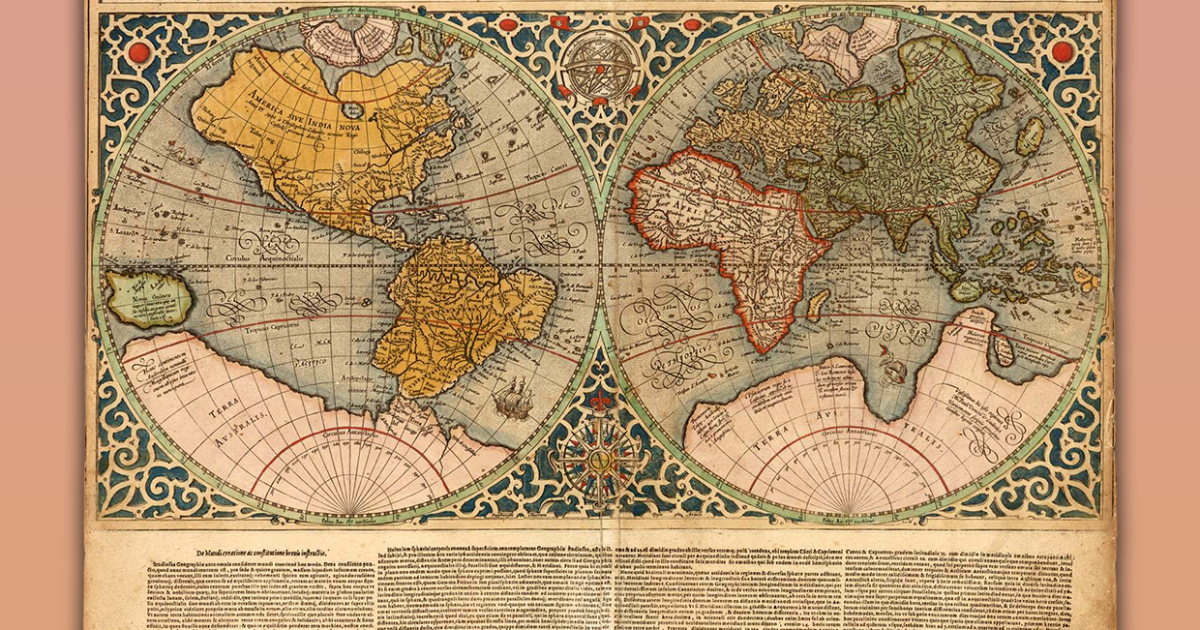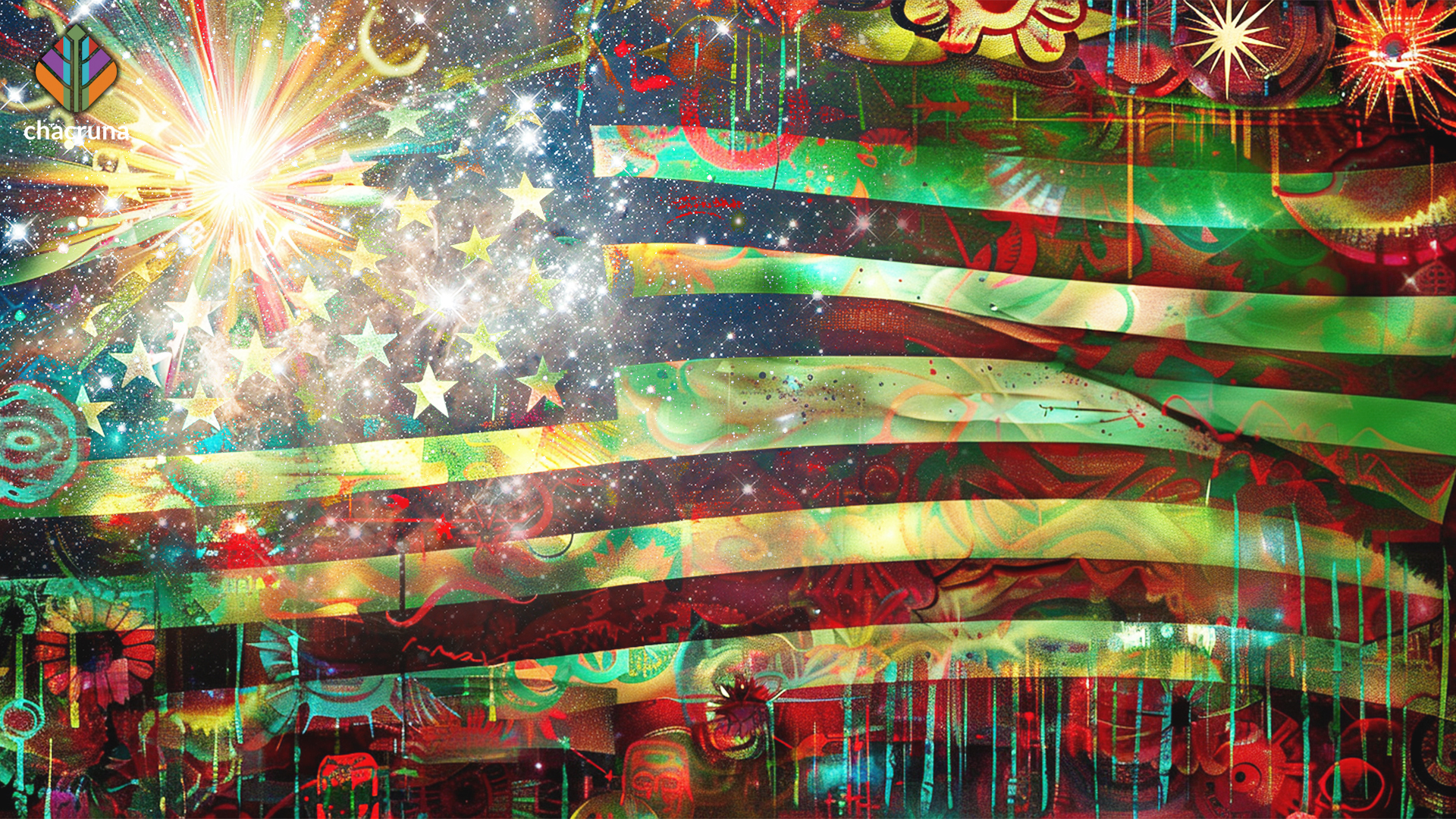The City Which Would Not Be Cowed: The Great Chicago Fire of 1871
Many of us have heard the tale of Mrs. O’Leary’s infamous cow as the driver of one of Chicago’s greatest disasters. Whether or not the beast did in fact start the blaze may never be known, but the fact remains that the Great Chicago Fire of 1871 decimated the city over a three day period as it burned from late in the evening on October 8th until the 10th. Much of the city’s wooden infrastructure was consumed like kindling. Today, 150 years after the fire broke out, we can reflect on the devastation that wiped out a third of the windy city, and disrupted the lives of thousands of Chicagoans.
Chicago in 1871, like countless cities of the era, was a wooden one. Many of the buildings which lined the city streets were wooden or trimmed with wood. And the streets themselves were tinder! Over 50 miles of streets were paved with wood and lined beside them were wooden sidewalks. As you might imagine, these conditions made Chicago ripe for a disaster. The vast array of wooden infrastructure combined with the fact that Chicago had been suffering from a dry spell since about Independence Day, left the city primed for the crisis which was about to ignite.
Chicago. Map by Braunhold & Sonne, 1857. Geography and Map Division. This map of Chicago from 1857 depicts a city very different from the concrete jungle it is today. Much of the infrastructure was wooden, and when a fire ignited on the evening of October 8th in the O’Leary’s barn (roughly located by the yellow dot), the flames spread rapidly.
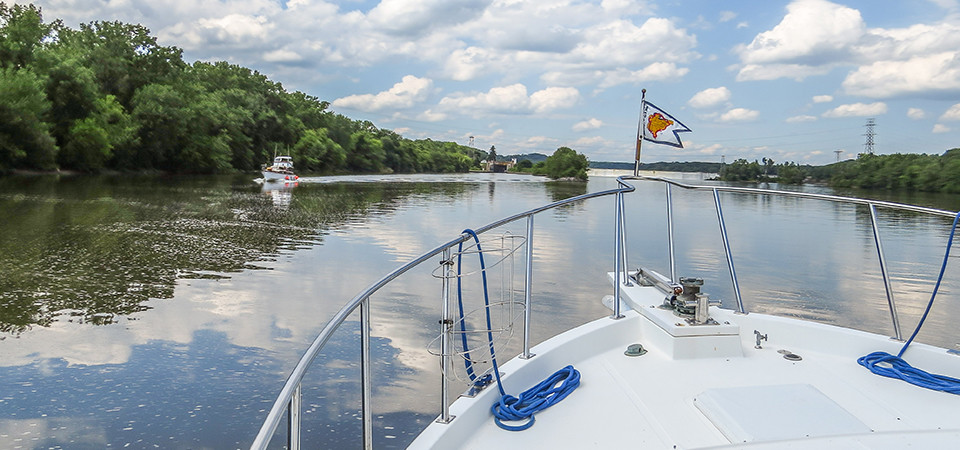

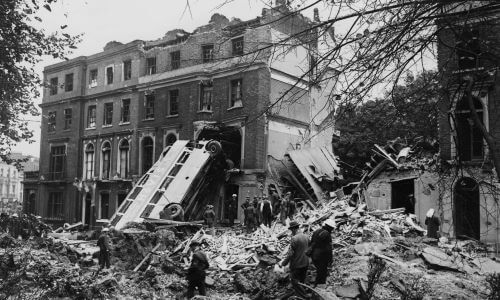
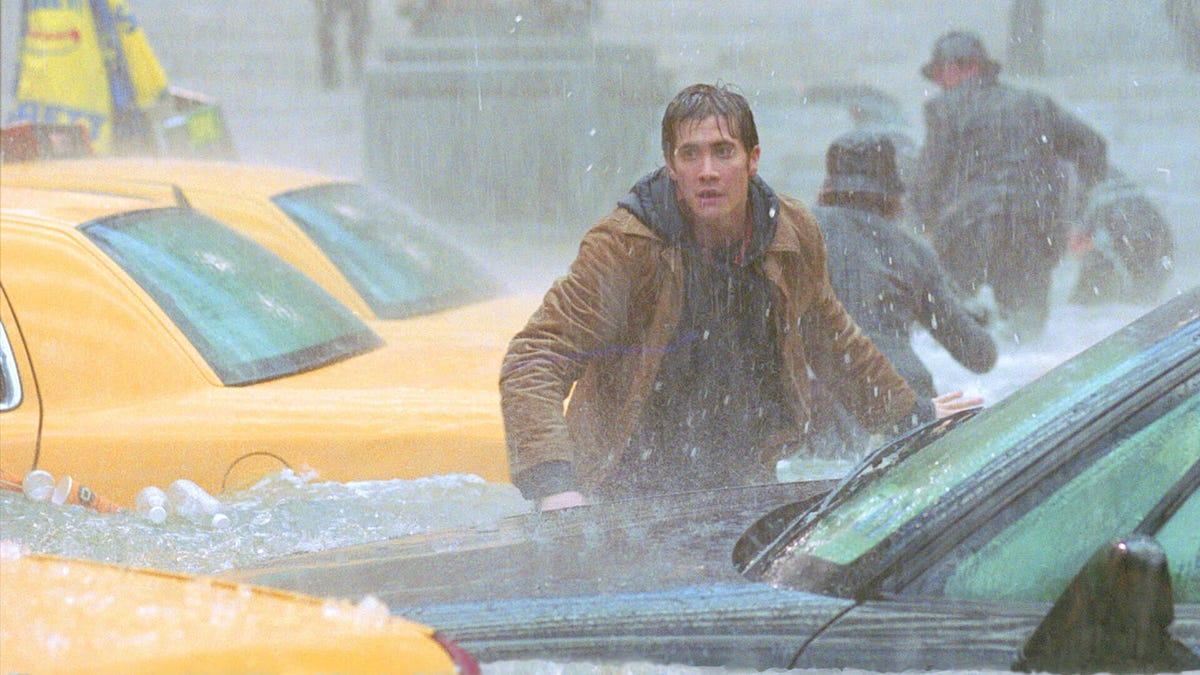






/https%3A%2F%2Ftf-cmsv2-smithsonianmag-media.s3.amazonaws.com%2Ffiler_public%2F32%2F0f%2F320fc4f6-5959-490f-b1f4-a2ac651f394f%2Fgettyimages-128275051.jpeg)

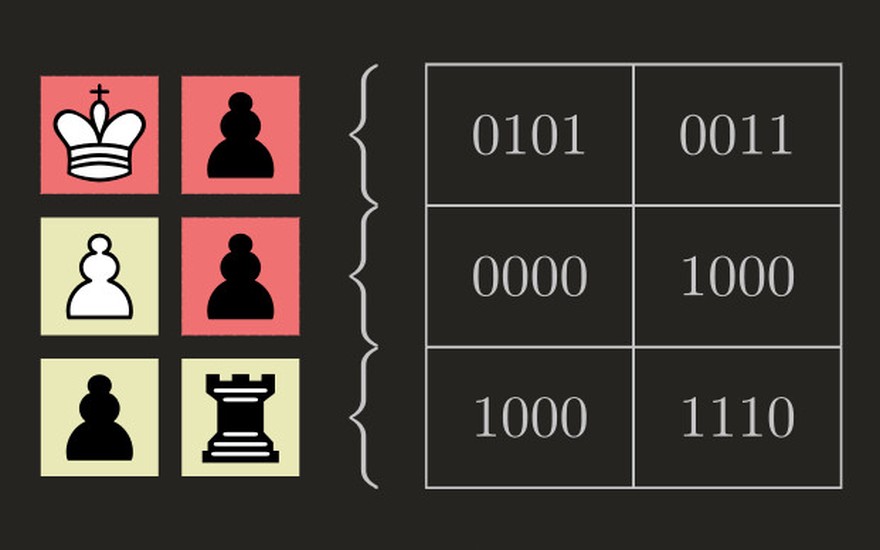



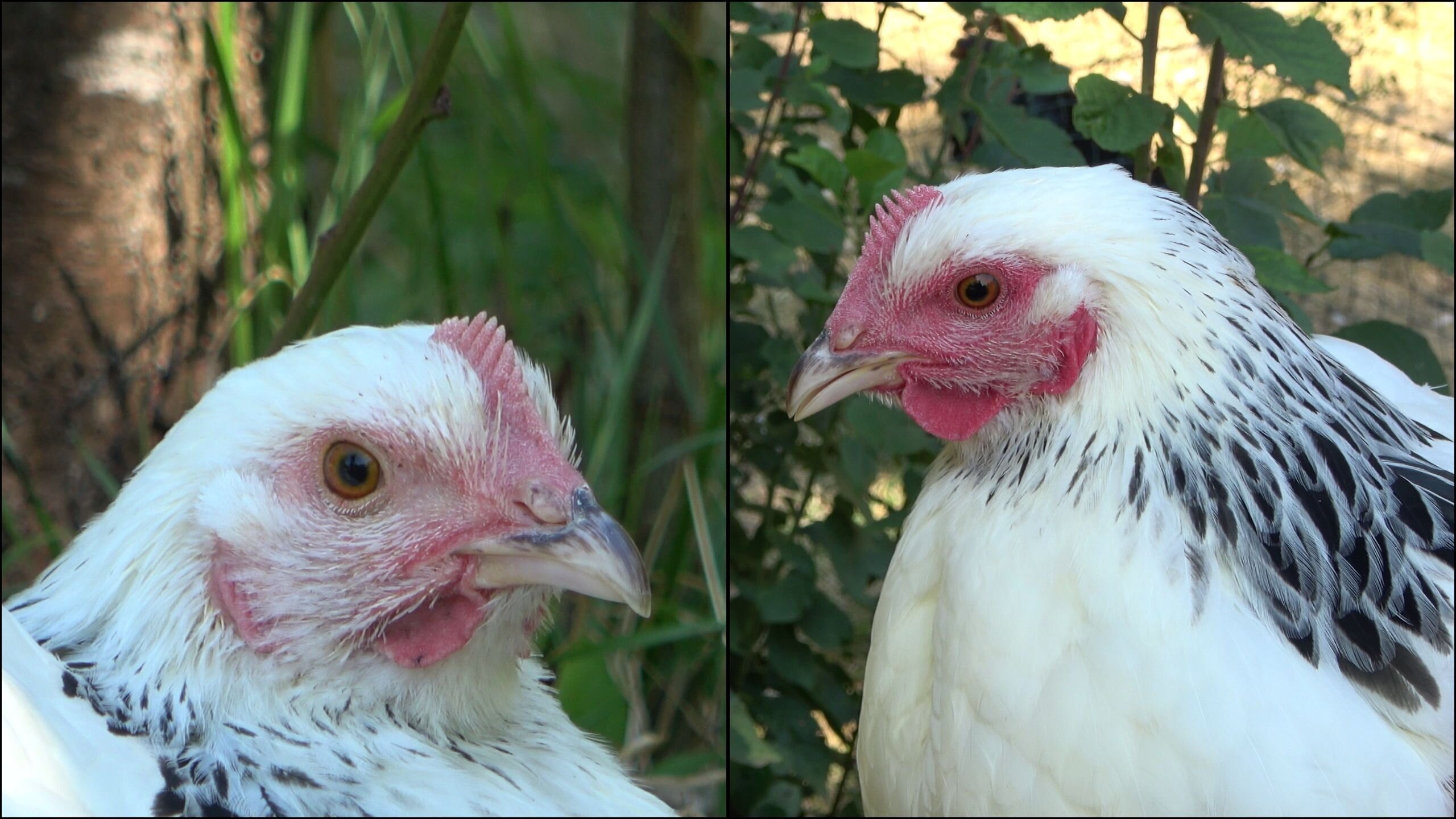
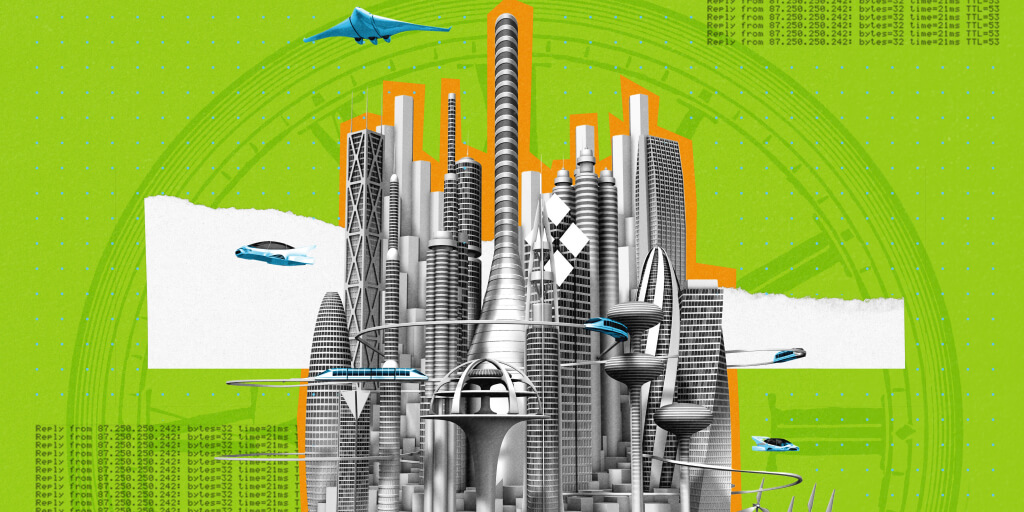

/cdn.vox-cdn.com/uploads/chorus_asset/file/24660885/236663_Framework_Laptop_13_MChin_0011.jpg)
/cdn.vox-cdn.com/uploads/chorus_asset/file/25263345/STK432_Government_A_CVirginia.jpg)
